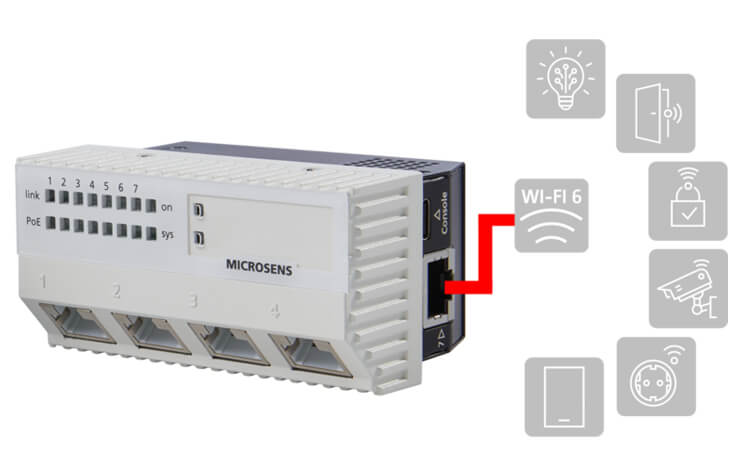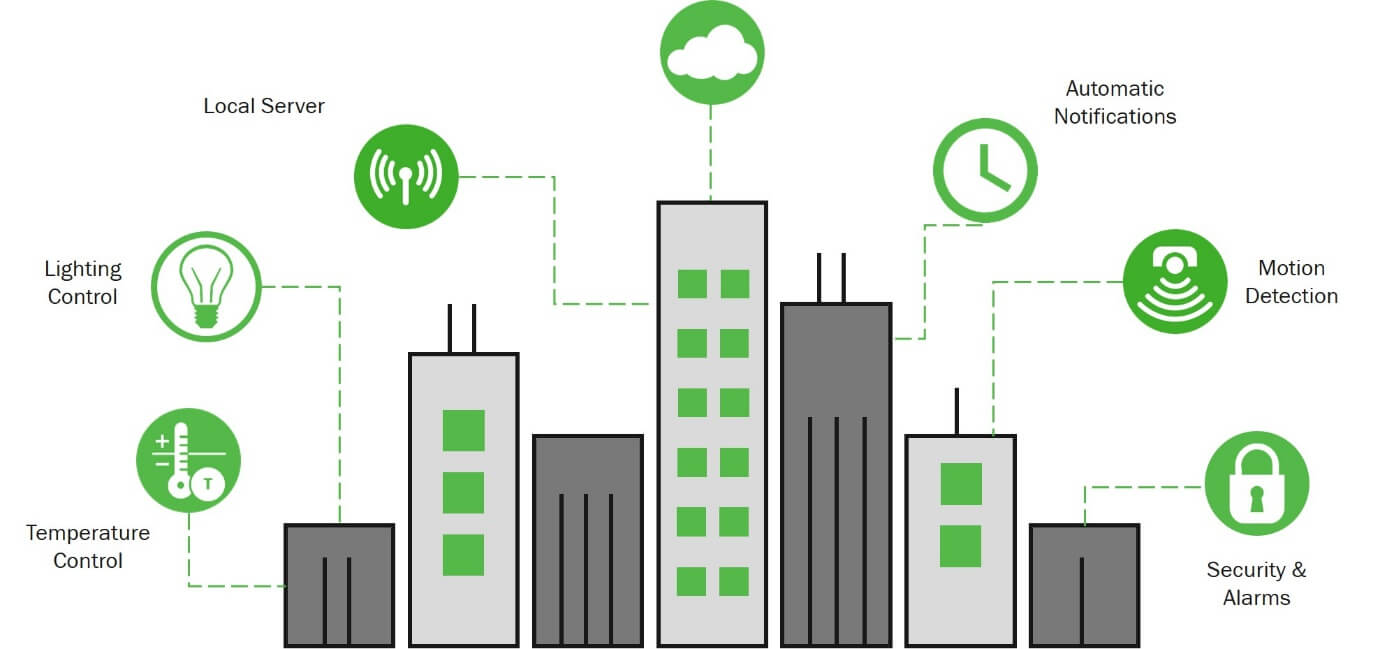
Internet of Things (IoT) is evolving at a rapid pace to enable a genuinely interconnected environment. Businesses are already retrofitting office buildings with digital technology to help achieve a comparative advantage
The digital ceiling has replaced linked devices and building functions, and it is the new phase in IoT. Organizations can improve productivity and customer experience while lowering energy consumption by making intelligent buildings and expanding the digital ceiling. Anything is safe and easy to operate with a digital ceiling that integrates all gadgets and operations like lighting and HVAC.
These technologies then enable office workers to build a work atmosphere unlike any other. The digital ceiling may also be manipulated to provide a personalized experience. High-ranking bosses may genuinely set their office’s temperature to one level, while other staff can manage their settings.
Because lights are dispersed throughout the building and are often close together, the quickest approach to constructing an office digital ceiling is to employ the building’s lighting network. By integrating sensors that can regulate a wide range of operations including temperature, Bluetooth low energy, and visual light communication, lights may work as a central hub for numerous office tasks.
IOT has swiftly evolved from a rigorous network engineering conference to one that appeals to IT professionals, line-of-business managers, and even corporate executives. The "Digital Ceiling" is one of the more exciting options for the company’s customers and partners. The IoT-based system brings all building services together in a single, converged IP based network building.
The Digital Ceiling will provide building inhabitants with a combination of information, efficiency, convenience, security, and comfort if completely deployed.
The IEEE 802.3bt standard for Power over Ethernet (PoE) lighting permits both power and data to be sent over the same cables. When developers were looking for an IoT device that could be used in all rooms, lighting was an easy choice, thus DC powered LED fixtures were chosen as the control system’s heart.
Consider a business conference space or a digital university classroom that is only used for specific periods. If nobody bothers to turn out the lights at the end of the session, the HVAC system will continue to heat or cool the room as though someone was present.
Sensors integrated into light fixtures may be used with the Digital Ceiling to provide data to the network about room occupants, temperature, and ambient light levels. The automation system may then adjust the room’s ambiance based on the current conditions and requirements, ensuring that pleasant amounts of light, temperature, and even air circulation are maintained without losing efficiency.

While used in conjunction with room planning software, the system will autonomously turn off lights and decrease heating, cooling, and ventilation when the room is vacant, and then turn them back on when needed.
Our objective is to unite building operating systems, IoT control, data, security, and sustainability efforts into a single entity. To do so, the business is designing a range of network switching that will be installed near light fixtures in ceilings. If you have ever linked your tablet or laptop to a Wi-Fi network, you know that getting an IP address from the router takes a few seconds only.
When the router has just been restarted (for example, after a power outage), the procedure takes significantly longer since the router must reestablish its own Internet connection before issuing local IPs.
The Digital Ceiling offers a rapid recovery option that remembers prior settings and utilizes them as the default when the entire system reboots to eliminate these delays. In brief, your lights will turn on as soon as the power is restored, even if the control system is still catching up.

